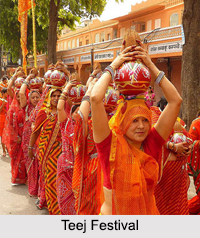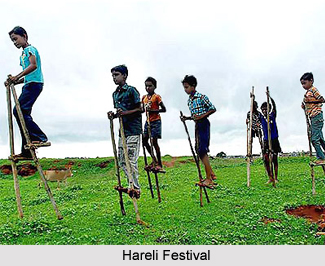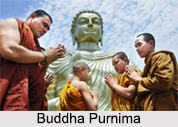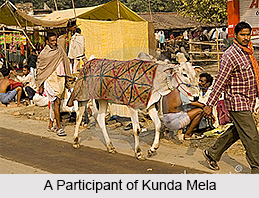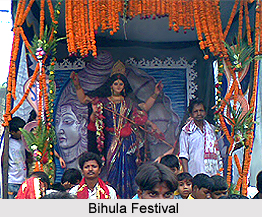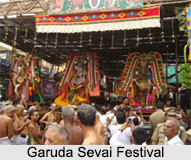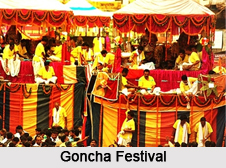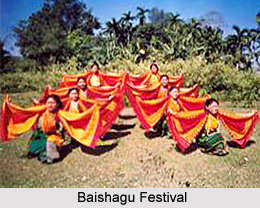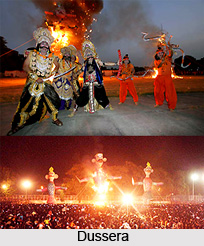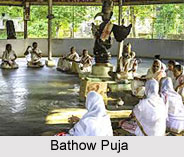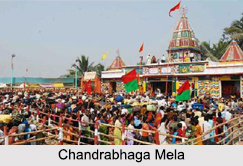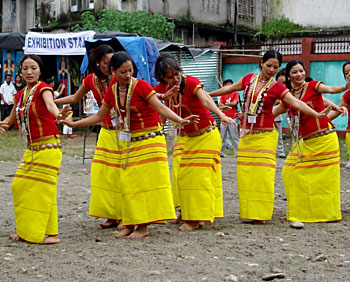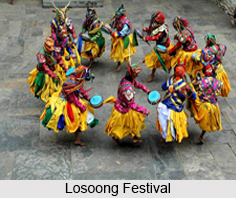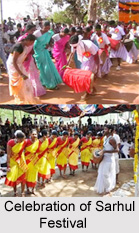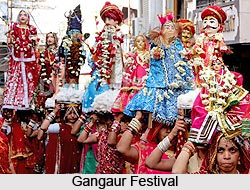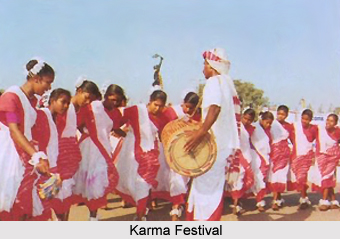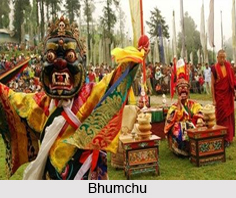 Bhumchu is a Buddhist festival held in the Tashiding Monastery located in Sikkim. It is celebrated on the Tibetan lunar calendar and is held on the 14th and 15th day of the first month, which is between February and March. The celebration of “The Holy Water Vase†started under the rule of King Trisong Deutsonin Tibet, Guru Padmasambhava. Bhumchu Festival attracts thousands of devotees from Nepal, Bhutan, Darjeeling and other neighbouring places.
Bhumchu is a Buddhist festival held in the Tashiding Monastery located in Sikkim. It is celebrated on the Tibetan lunar calendar and is held on the 14th and 15th day of the first month, which is between February and March. The celebration of “The Holy Water Vase†started under the rule of King Trisong Deutsonin Tibet, Guru Padmasambhava. Bhumchu Festival attracts thousands of devotees from Nepal, Bhutan, Darjeeling and other neighbouring places.
Etymology of Bhumchu
The word "Bhum" is a pot and "Chum" is water. The Bhum or Sacred vase, according to Zigpo Lingpa, is made out of various kinds of sacred soil, water and five kinds of precious jewels found in sacred lands of India, Odiyana and Zahor.
Religious Belief of Bhumchu
During Bhumchu, monks predict the future. They open a pot and check the level of holy water. If the pot is filled to the brim a bad, bloody period can be expected. If there is no water inside the pot people will suffer from famine. A good, prosperous year is ahead only if the vase is half-filled.
Rituals of Bhumchu
The ritual of Bhumchu is one of the holiest in Sikkim. From midnight until the next day thousands are seen waiting to receive the holy water. A part of the holy water is distributed amongst the gathering of devotes and the pot is replenished with river water and sealed at the end of the festival to be opened only during the next Bhumchu festival. It is believed that by taking a drop of the Bhumchu water enlightenment is achieved and all of the evil spirits and distress are removed. It is said one would somehow attain a form of Buddhahood or be born at a higher ranking in the next life.
This article is a stub. You can enrich by adding more information to it. Send your Write Up to content@indianetzone.com.
